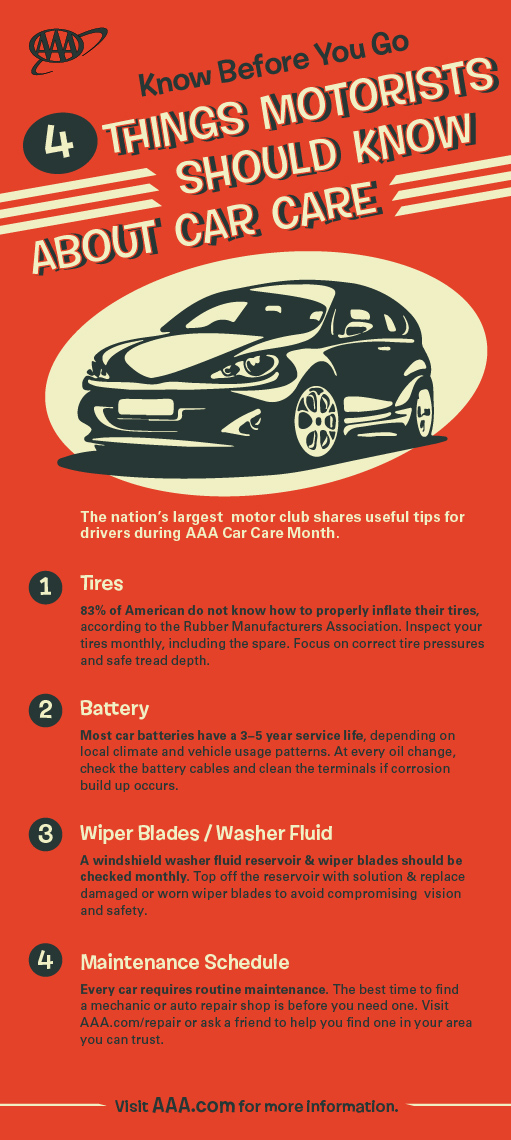Interpreting Your Auto'S Alert Lights: Their True Ramifications
Interpreting Your Auto'S Alert Lights: Their True Ramifications
Blog Article
https://mylesatngy.dreamyblogs.com/30621145/an-important-hands-on-outlining-the-needed-devices-for-each-car-service-center-exposing-the-strategies-that-contribute-to-efficient-lorry-upkeep -Vinson Kejser
When you lag the wheel, those radiant warning lights on your control panel can be a little bit puzzling. Do you know what they're attempting to inform you regarding your car's health and wellness? Comprehending the significance of these lights is vital for your security and the longevity of your car. So, the next time among those lights turns up, would not you intend to decipher its message properly and take the necessary steps to address it?
Common Caution Lights and Interpretations
Identify common warning lights in your cars and truck and understand their meanings to ensure safe driving.
One of the most normal caution lights include the check engine light, which indicates issues with the engine or discharges system. If this light begins, it's crucial to have your car inspected immediately.
https://brake83951.idblogz.com/30787718/master-the-art-of-choosing-the-excellent-vehicle-repair-shop-with-these-top-10-ideas cautioning light shows reduced oil pressure, requiring immediate focus to prevent engine damage.
A blinking battery light might suggest a faulty charging system, possibly leaving you stranded otherwise attended to.
The tire pressure tracking system (TPMS) light informs you to reduced tire stress, affecting car stability and fuel effectiveness. Disregarding this might bring about harmful driving conditions.
car odor removal indicates a problem with the anti-lock braking system, endangering your ability to stop swiftly in emergency situations.
Last but not least, the coolant temperature advising light warns of engine getting too hot, which can cause extreme damage if not fixed swiftly.
Recognizing these common warning lights will help you attend to problems quickly and keep safe driving problems.
Relevance of Prompt Interest
Recognizing the typical warning lights in your vehicle is just the first step; the value of immediately dealing with these cautions can not be emphasized sufficient to guarantee your safety when traveling.
When a caution light brightens on your control panel, it's your vehicle's way of interacting a prospective problem that needs focus. Overlooking these warnings can result in much more serious troubles in the future, compromising your safety and security and potentially costing you much more out of commission.
Prompt focus to cautioning lights can prevent break downs and accidents. For example, a flashing check engine light could show a misfire that, if left unattended, could cause damages to the catalytic converter. Resolving this immediately can save you from a costly fixing.
Similarly, a brake system warning light may signal low brake fluid or worn brake pads, important components for your safety and security when driving.
Do It Yourself Troubleshooting Tips
If you notice a caution light on your dashboard, there are a couple of DIY troubleshooting ideas you can try prior to looking for professional help.
The very first step is to consult your car's handbook to understand what the specific warning light suggests. Occasionally car detailing near me can be as basic as a loose gas cap triggering the check engine light. Tightening the gas cap might settle the issue.
Another usual concern is a reduced battery, which can set off numerous cautioning lights. Examining the battery connections for corrosion and ensuring they're safe could deal with the trouble.
If a warning light continues, you can attempt resetting it by detaching the cars and truck's battery for a couple of minutes and after that reconnecting it. Furthermore, checking your vehicle's fluid levels, such as oil, coolant, and brake fluid, can aid repair alerting lights related to these systems.
Conclusion
To conclude, recognizing your auto's caution lights is essential for maintaining your car running smoothly and securely. By promptly addressing these informs and knowing what they indicate, you can stay clear of pricey repair work and prospective malfunctions.
Bear in mind to consult your car's handbook for specific information on each cautioning light and take action appropriately to ensure a trouble-free driving experience.
Keep notified, remain secure when traveling!
